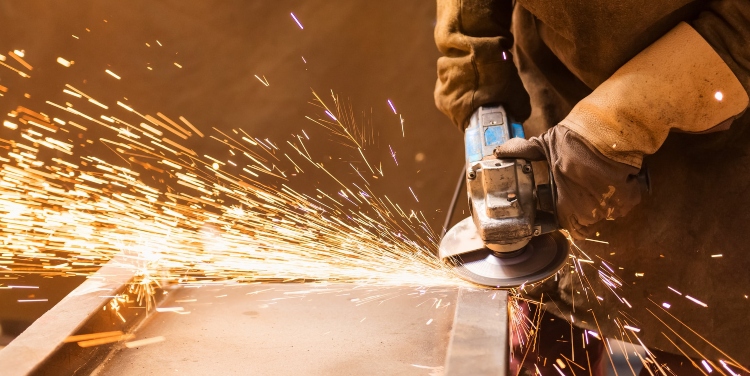When working on projects in environments with high temperatures, or manufacturing equipment that needs to endure challenging conditions like extreme heat, choosing the right heat-resistant metal is essential.
Most metals are known for their durability – being generally resistant to corrosion, creep distortion, and thermal expansion and fatigue, and therefore able to operate without warping or cracking under ongoing stresses.
However, some metals are far more resistant to high temperatures than others – and we aren’t talking about common alloys like steel and nickel.
The most heat-resistant metallic elements are known as refractory metals, retaining their strength and rigidity even in extremely high temperatures. At >2,450°C, these metals have some of the highest melting points and boiling points of any materials.
Combined with robust properties like high density and corrosion resistance, the five primary refractory metals are ideal for applications that require heat resistance – and here’s why.
Niobium
Niobium (Nb) has a melting point of 2,468°C and a boiling point of 4,927°C.
As the least refractory metal of the top five, niobium is relatively soft and ductile, with a lower density. It is often alloyed with steel, tungsten, or zirconium for improved strength and chemical inertness, and can be found in medical equipment and aircraft parts.
Molybdenum
Molybdenum (Mo) has a melting point of 2,610°C and a boiling point of 5,560°C.
It has the lowest Mohs hardness rating of the five, but molybdenum has better electrical conductivity than others, in addition to high corrosion resistance. It is used in various applications from microwaves and special machinery to medical and military equipment.
Tantalum
Tantalum (Ta) has a melting point of 2,996°C and a boiling point of 5,425°C.
Being very dense and resistant to acidic corrosion thanks to surface oxidisation, tantalum is a key material for chemical and surgical equipment, from reaction vessels to implants. It is most commonly used in electrolytic capacitors and high-power resistors.
Rhenium
Rhenium (Re) has a melting point of 3,180°C and a boiling point of 5,627°C.
This is the rarest and most recently discovered of the refractory metals, and the only one that doesn’t form carbon compounds. Ductile rhenium and its alloys are often used in aerospace applications, as well as it being a catalyst in the petrochemical industry.
Tungsten
Tungsten (W) has a melting point of 3,410°C and a boiling point of 5,660°C.
This is the highest of the refractory metals, of which it is also the hardest – and it has the highest tensile strength and lowest thermal expansion, too. This makes tungsten and its alloys highly useful in everything from electronics and lighting to industrial furnaces and aerospace parts.
When alloyed to form tungsten carbide, it is almost as hard as diamond. This is especially useful for mining and cutting tools, which need to be extremely resistant to abrasion and related heat.
Choosing the best heat-resistant metal
Now you know more about the top five heat-resistant metals out there, you might need more information to help you decide which one – or which of its alloys – would deliver the best results for the application you have in mind.
While all refractory metals possess a range of excellent mechanical properties, some are slightly more durable in different areas than others, so the right heat-resistant metal for you will depend on what your project requires of it.Luckily, if you need assistance with selecting made-to-order metal parts, you can always go to a trusted supplier of tungsten metal and others from this refractory group. They will have the expertise to match the appropriate metal and fabrication method for your requirements.
David Prior
David Prior is the editor of Today News, responsible for the overall editorial strategy. He is an NCTJ-qualified journalist with over 20 years’ experience, and is also editor of the award-winning hyperlocal news title Altrincham Today. His LinkedIn profile is here.













































































